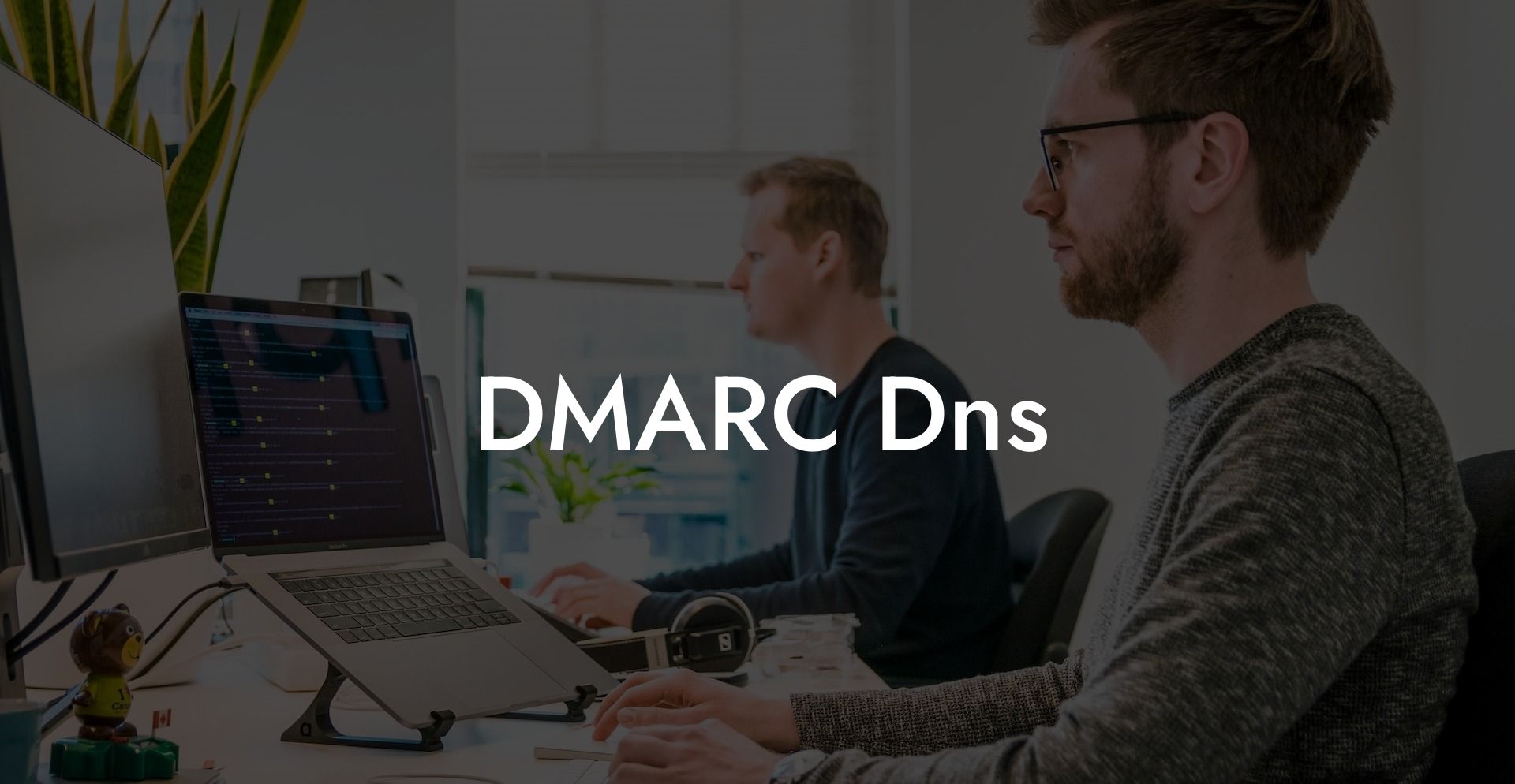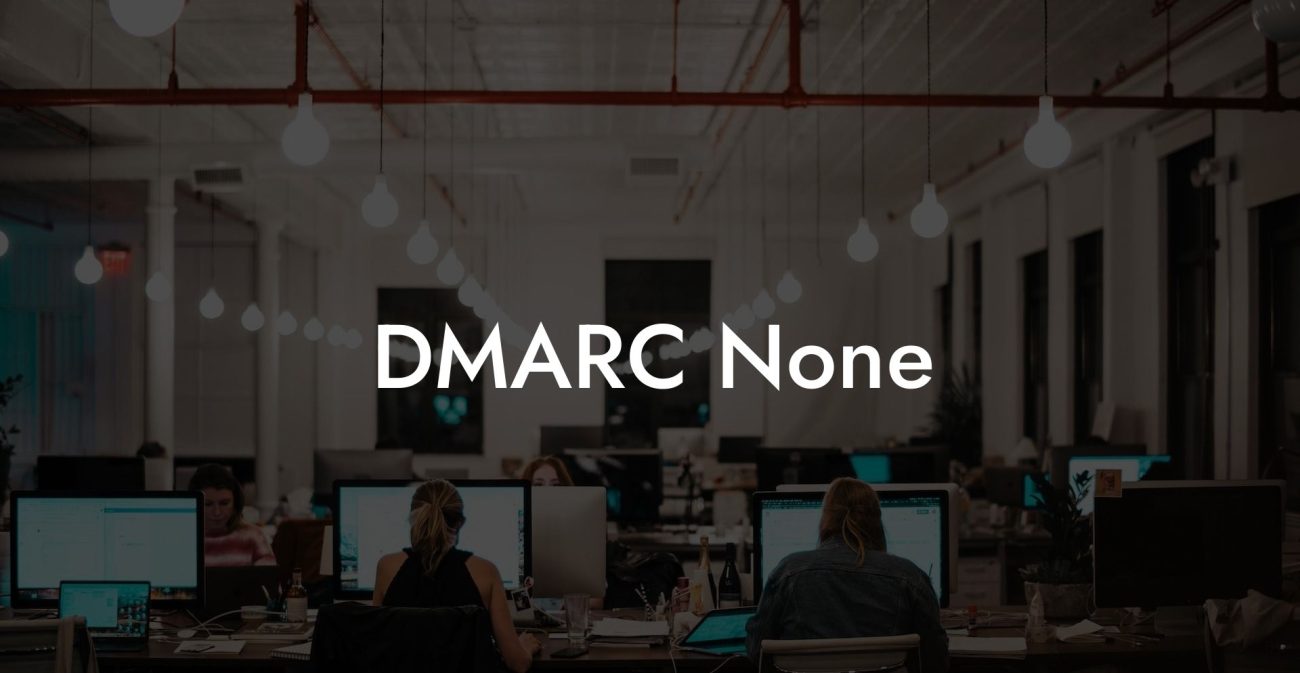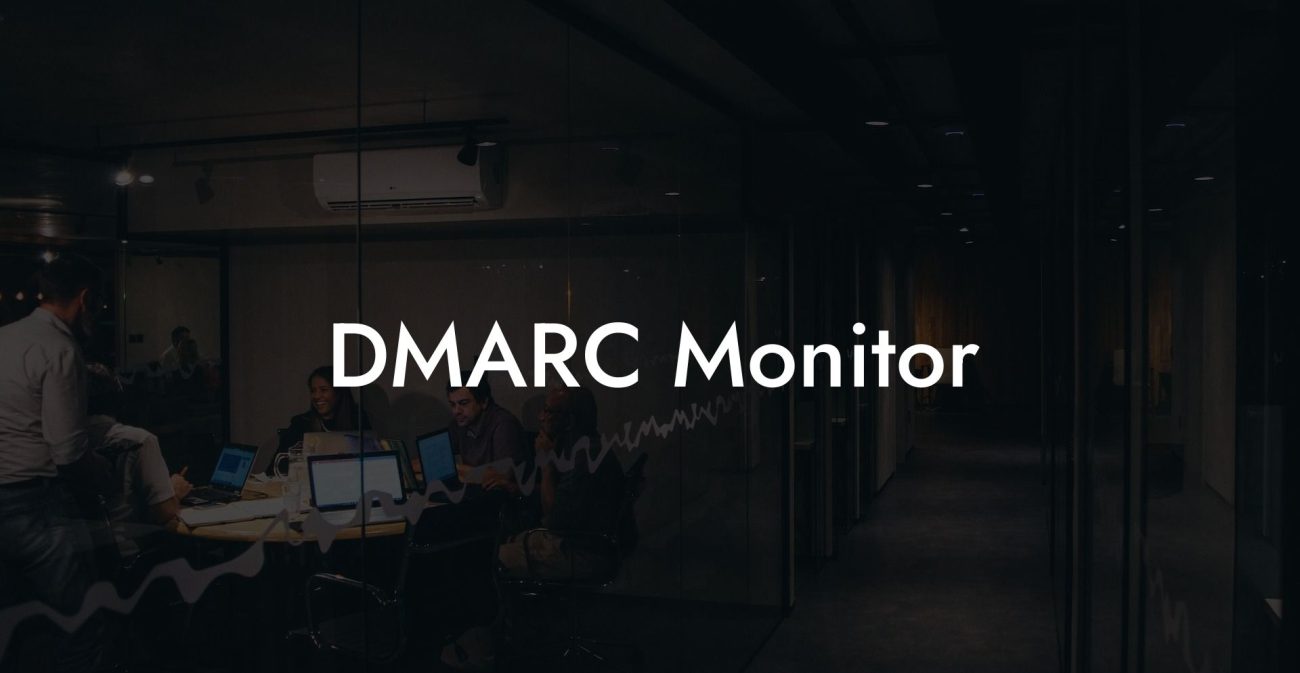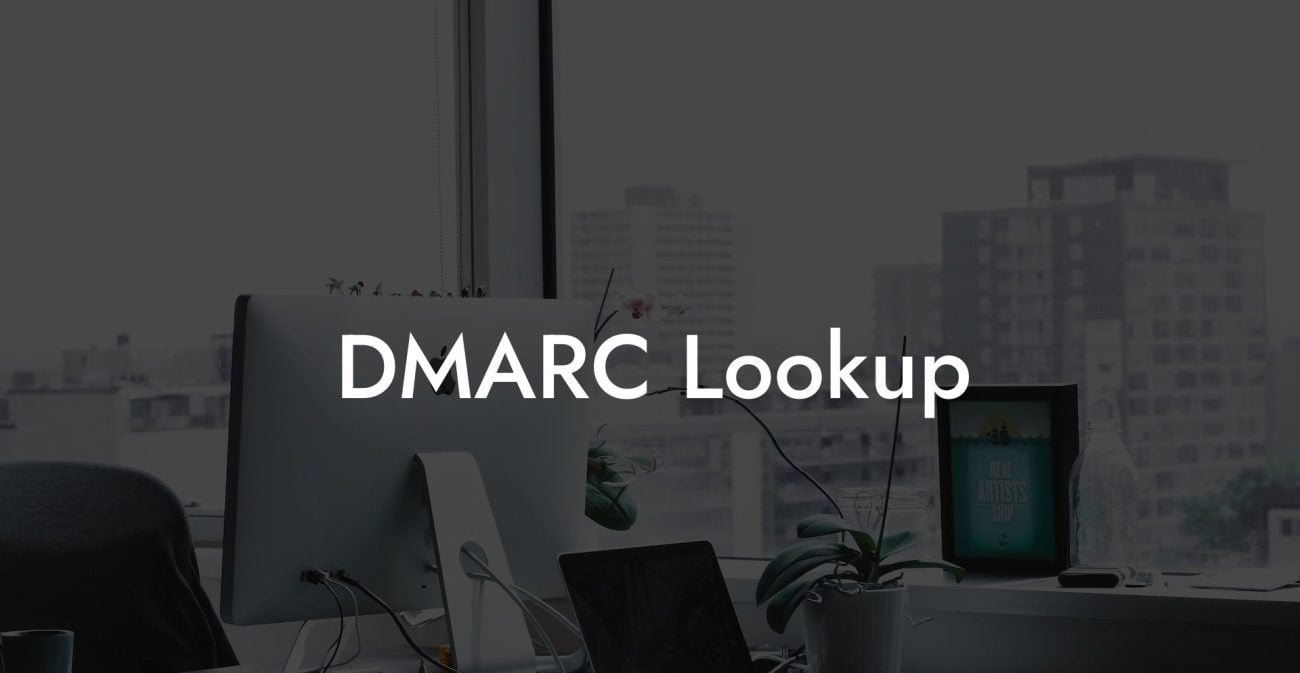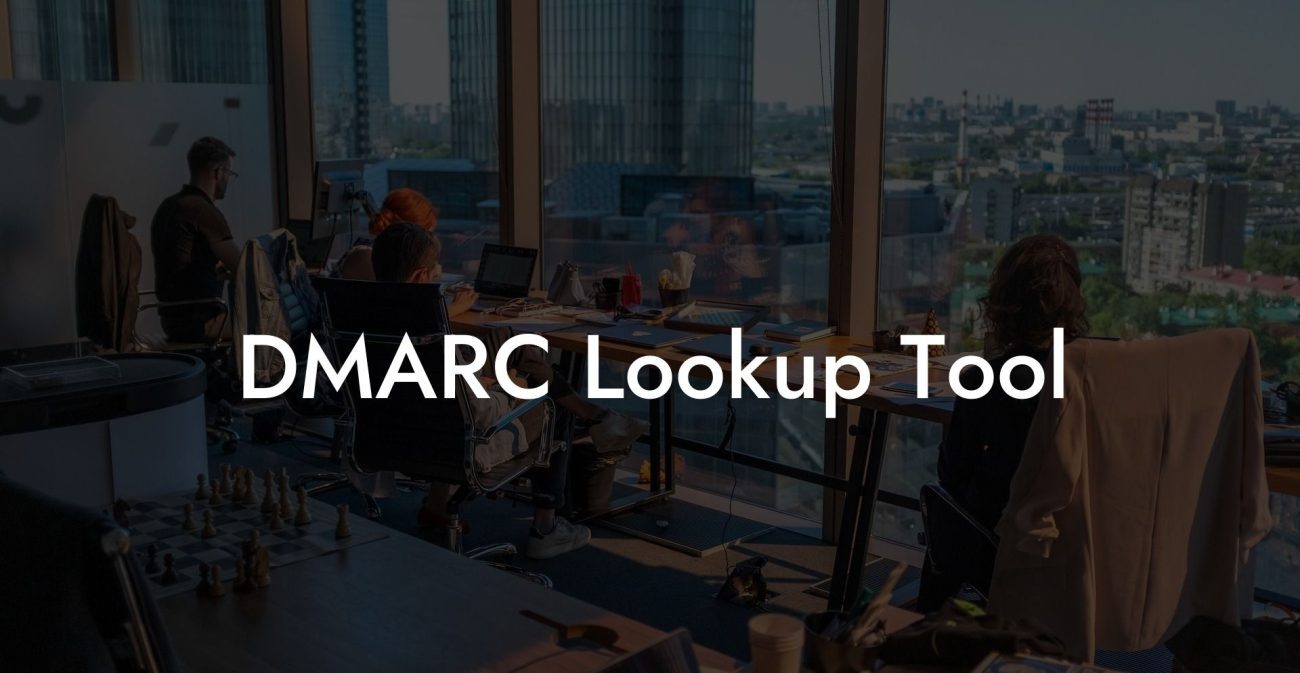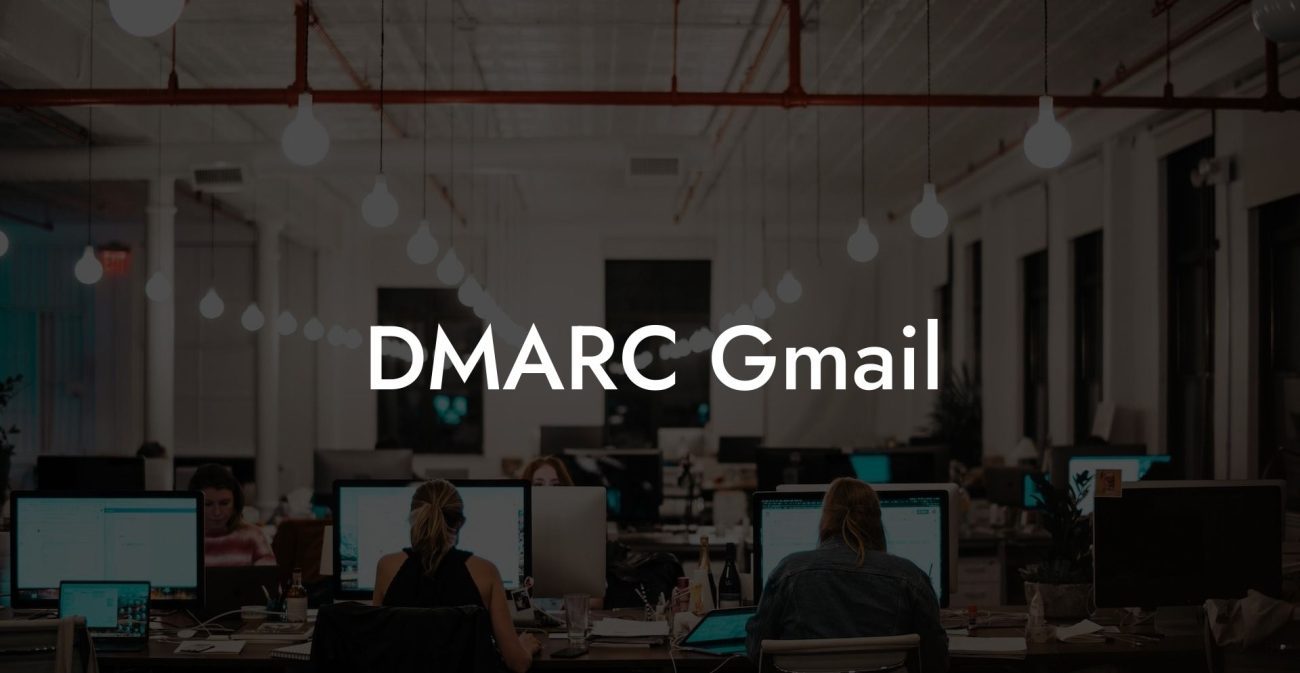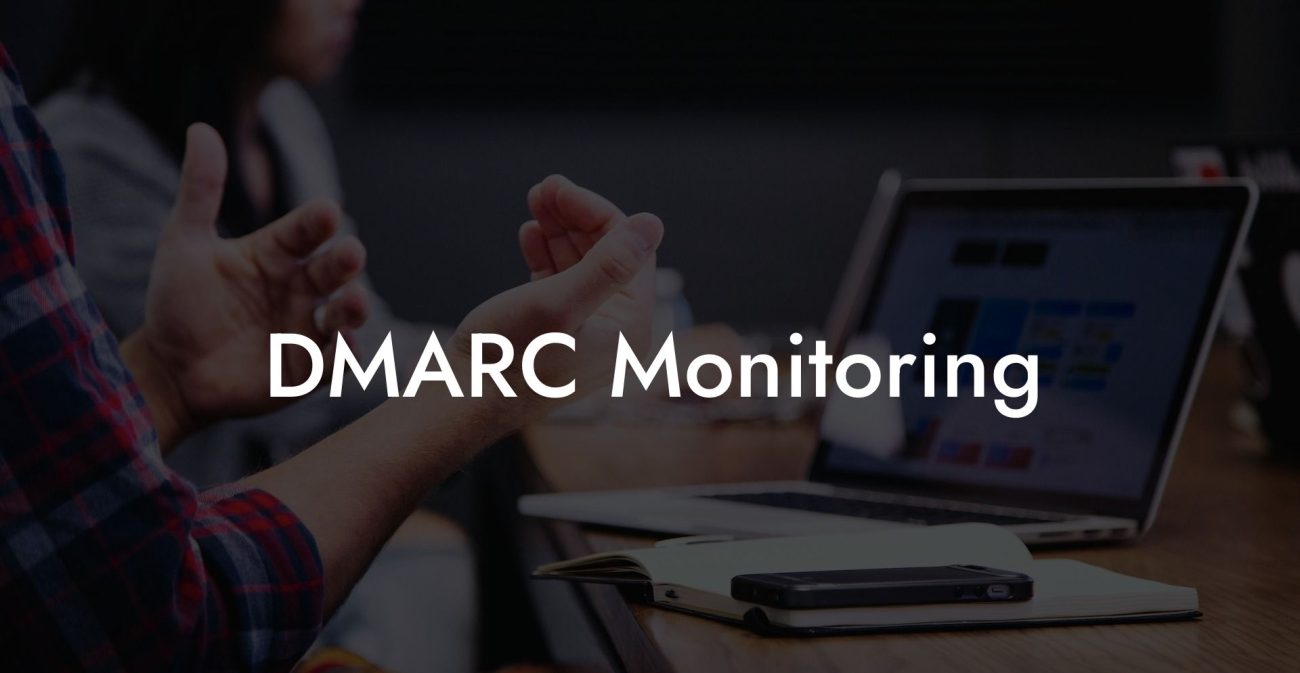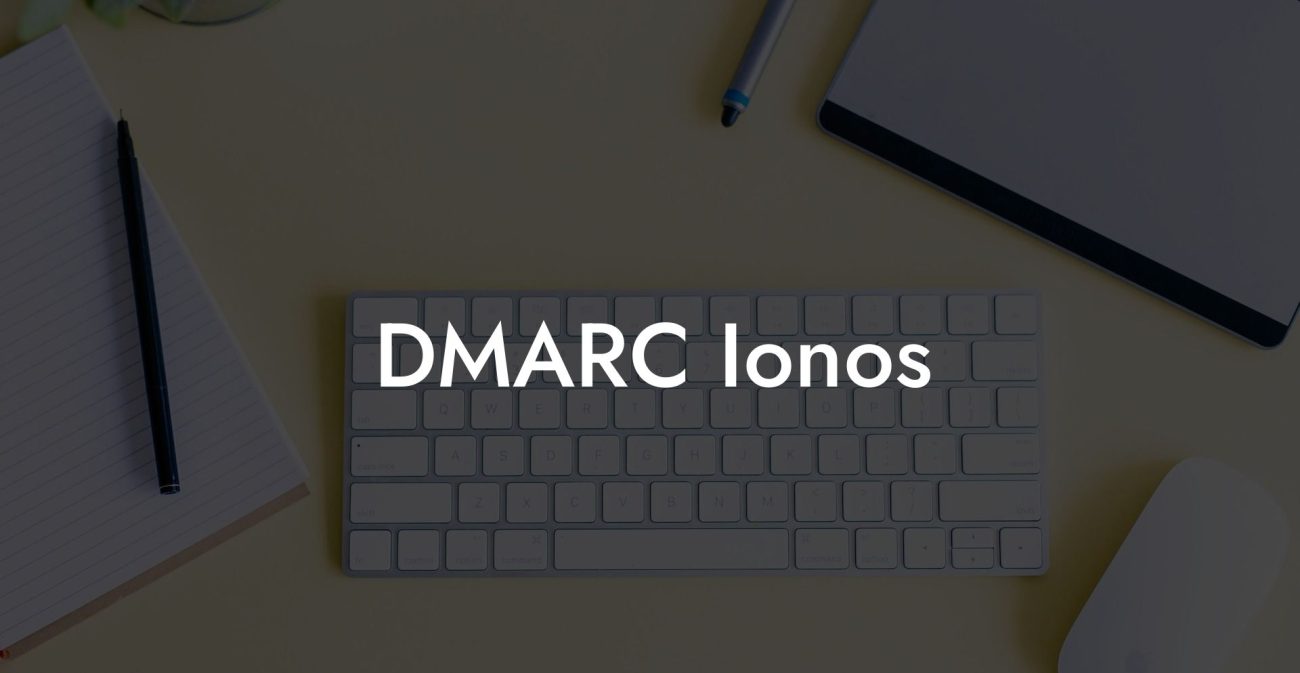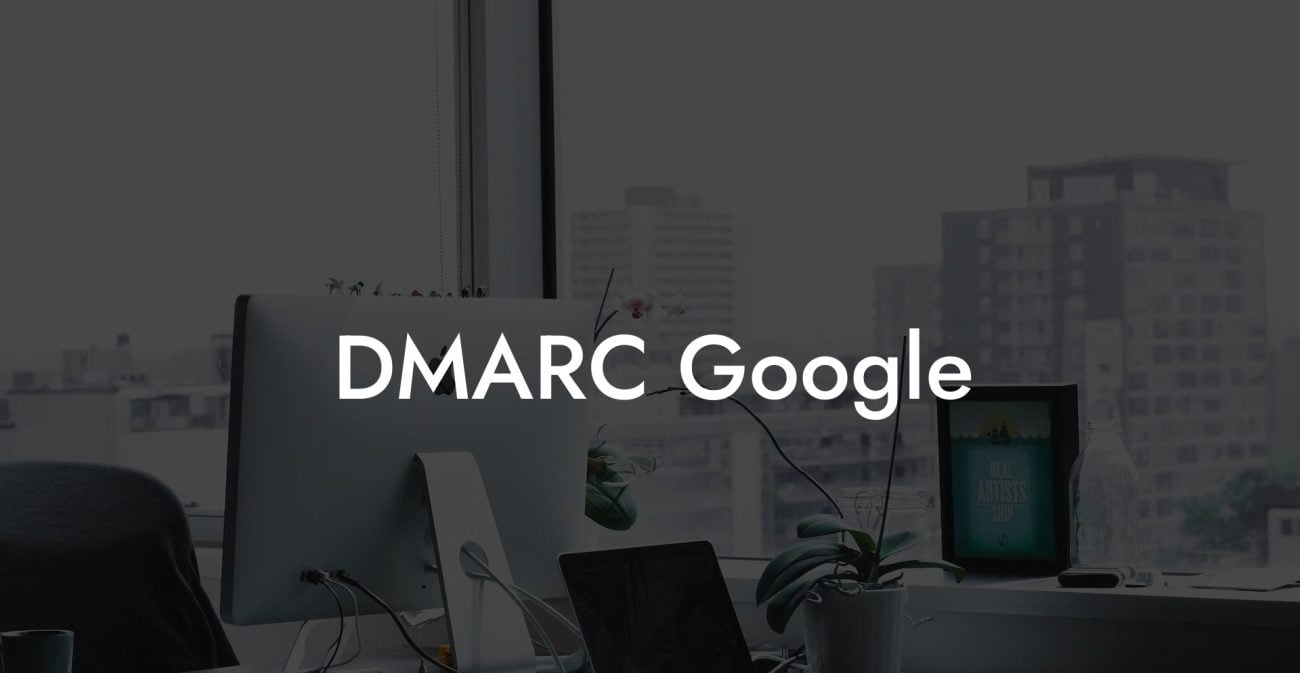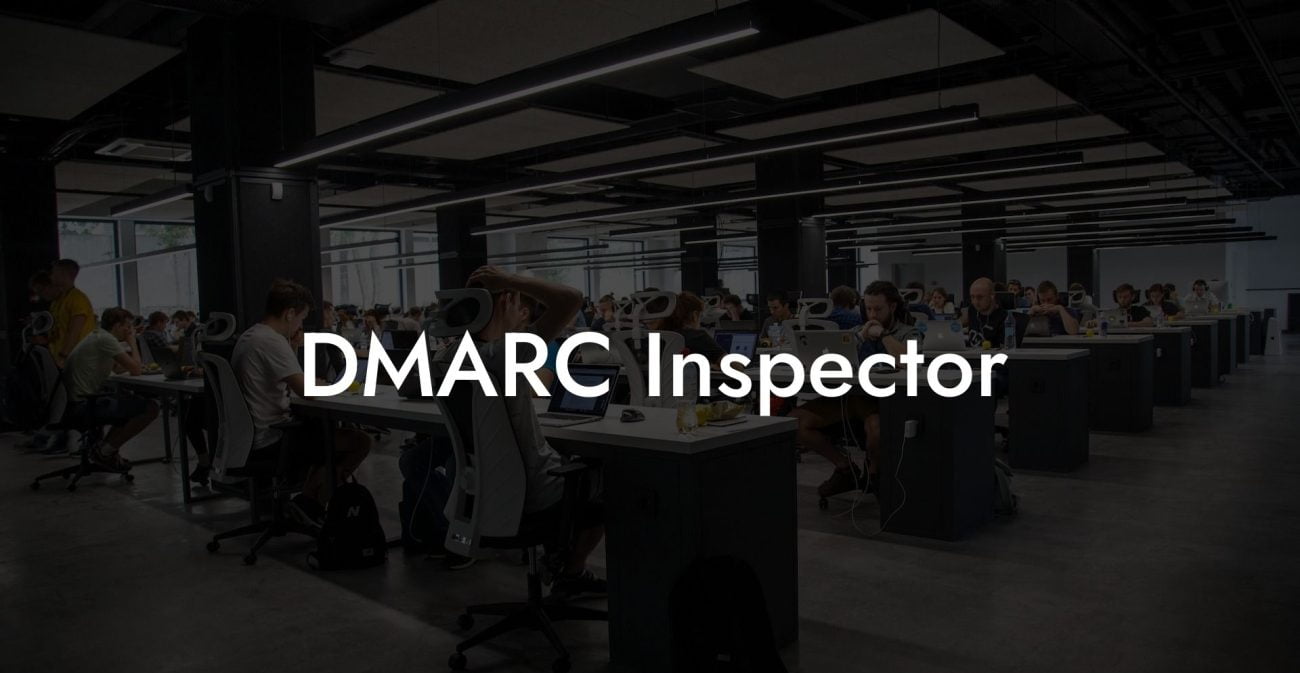In the age of cybersecurity, it's becoming increasingly important to understand the technologies and techniques that can protect your organization from various online threats. One such technology is DMARC, which stands for Domain-based Message Authentication Reporting and Conformance. In a nutshell, DMARC is a powerful email authentication protocol that helps to prevent email spoofing, phishing, and other cyber-attacks. In this post, we will dive deep into DMARC, explore how it works, and provide an example of how to set up DMARC DNS records to safeguard your domain. But first, let's start with a brief overview of the email authentication landscape.
Why Email Authentication Matters
Email remains one of the primary communication methods in the digital world. As such, it's a prime target for cybercriminals looking to exploit weaknesses in security or spoof trusted senders in order to gain unauthorized access to your sensitive data. That's where email authentication protocols come into play - they provide a way to validate the legitimacy of an email sender, preventing unauthorized parties from using your organization's domain name and thus helping to maintain your brand's reputation and trustworthiness.
Understanding DMARC and Its Components
Protect Your Data Today With a Secure Password Manager. Our Top Password Managers:
DMARC is an email authentication standard that builds upon two existing technologies - Sender Policy Framework (SPF) and DomainKeys Identified Mail (DKIM). These technologies allow a domain owner to cryptographically sign their outgoing email messages and provide a way for receiving mail servers to verify the authenticity of the sender.
DMARC comes into play by providing a way for the domain owner to declare a policy specifying what actions should be taken if an email fails SPF or DKIM checks. Furthermore, it requires that the domain used in the "From" field of an email match the domain used in SPF or DKIM records. This alignment requirement strengthens the protection against spoofing provided by SPF and DKIM alone.
DMARC can be configured to follow three different policies:
- None: No action taken on non-aligned emails, used for monitoring purposes
- Quarantine: Emails failing alignment checks are marked as suspicious and potentially placed in the recipient's spam folder
- Reject: Emails failing alignment checks are rejected and not delivered to the recipient
Setting Up DMARC DNS Records
To implement DMARC, you need to create a DNS record containing your DMARC policy. This record is a TXT record under the subdomain "_dmarc.yourdomain.com", where "yourdomain.com" should be replaced with your actual domain name. The DNS record should include the following elements:
- v=DMARC1: Indicates DMARC version
- p=: Your chosen policy (none, quarantine, or reject)
- rua=: Reporting URI for aggregate reports
- ruf=: Reporting URI for forensic reports (optional)
- adkim=: Alignment mode for DKIM (optional, default is 'r' for relaxed)
- aspf=: Alignment mode for SPF (optional, default is 'r' for relaxed)
DMARC Dns Example:
Suppose you decide to implement the DMARC policy for your domain "example.com". Your policy choice is "quarantine", and you want to send aggregate reports to " [email protected]". Your DMARC DNS record will look like this:
_dmarc.example.com. TXT "v=DMARC1; p=quarantine; rua=mailto: [email protected]"
With this record in place, receiving email servers will check for SPF and DKIM alignment and take the appropriate action based on your DMARC policy. In this case, any email failing alignment checks will be marked as suspicious and possibly placed in the spam folder.
Now that you have a better understanding of DMARC and its importance in protecting your domain from email spoofing and phishing attacks, it's time to consider implementing it in your organization. Equipping yourself with the right knowledge and tools is key to staying ahead in the ever-evolving field of cybersecurity. Don't forget to share this post with your colleagues and friends, and explore our other guides on Voice Phishing to learn more about the crucial role of email authentication and security in protecting your business. Stay vigilant, stay secure.
Protect Your Data Today With a Secure Password Manager. Our Top Password Managers:

